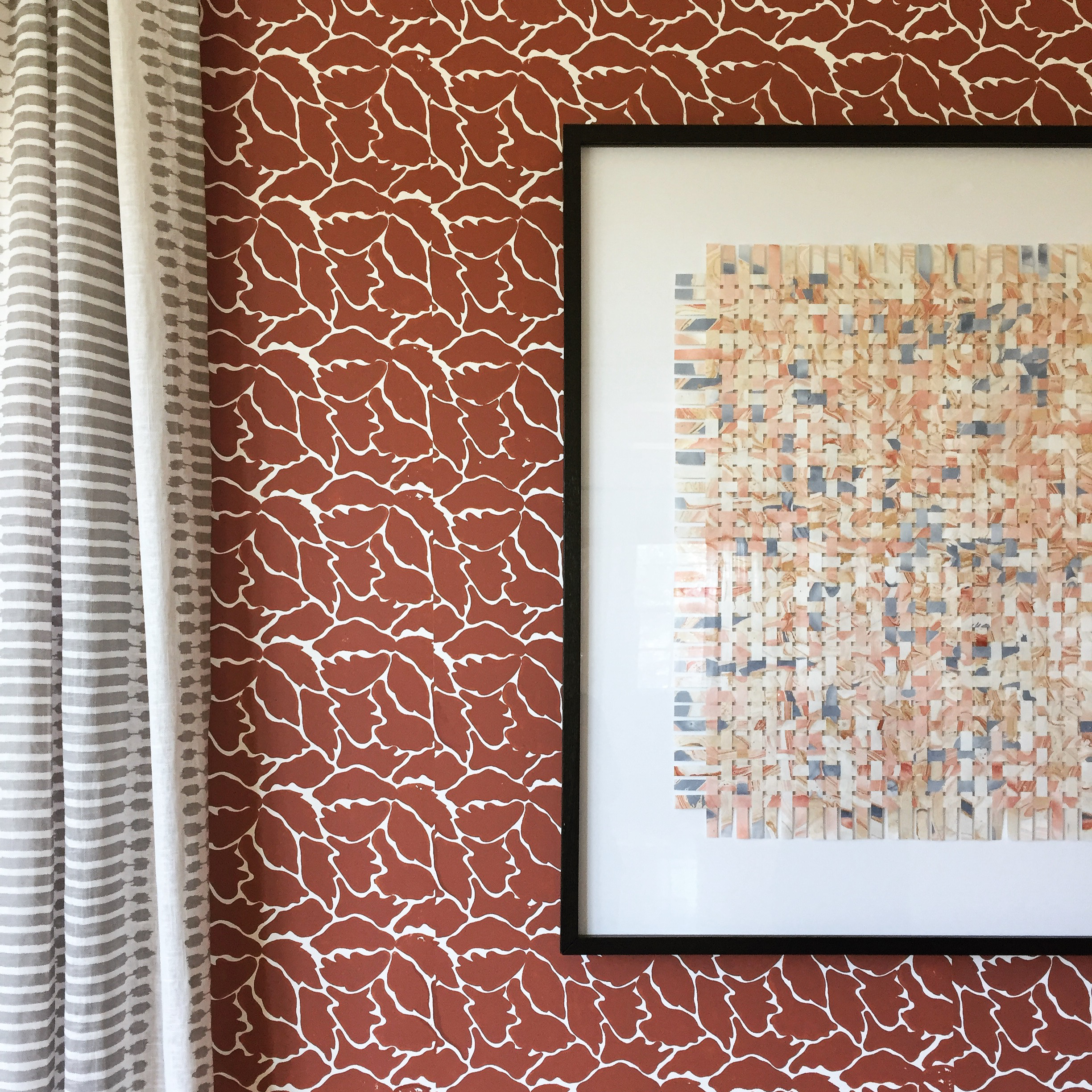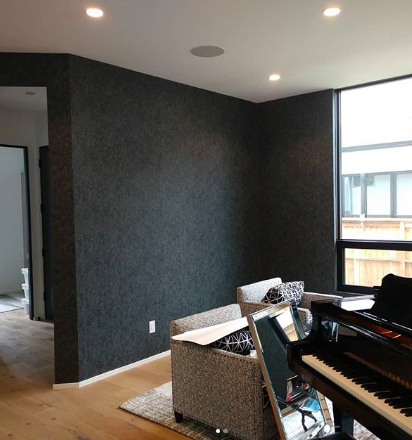Did you know groups focus on preserving antique wallcoverings? Members formed the Wallpaper History Society, based in the U.K., in 1986, which “celebrates the history, design, social relevance, and wallpaper conservation of historic and contemporary wallcoverings and promotes both their study and that of the many trades and professions associated with them.” Society members encourage research, increase awareness about preserving historic wallcoverings, and provide a forum for those interested in these issues to come together.

Source: buildingconservation.com
The Oldest Wallpaper in History
The oldest wallcovering on record dates to early 1500s Europe, which historians found on beams in a college cafeteria in Cambridge, England. Designers glued small sheets of reconstituted rags together along an edge then used a wooden block or stencil, along with oil-based or distemper paint, to create the printed design.
During this time, textile “flock” wallpapers were signs of prestige and were popular among the wealthy. In addition, designers created these wallcoverings by sprinkling chopped wool on designs printed as adhesives. In addition, they were meant to be reproductions of cut velvet wall hangings and damasks.
Britons imported wallpaper featuring hand-painted designs on Oriental paper or silk depicting nature scenes, or traditional Chinese life from China. During the 18th and 19th centuries, many used these exotic and expensive wallcoverings to decorate their homes.
Industrial Revolution & Wallcoverings
As Industrial Revolution advancements made wallpaper cheaper to produce, prices went down — but so did quality. During the mid-19th century, producers could make wallpaper inexpensively with wood pulp. However, the paper was acidic, which resulted in lower-quality wallcoverings.
New color production developments allowed for more shade choices, but innovations continued, and by the end of the 19th century, designers made other options available. Clearly, embossed wallpapers were popular. Moreover, new technologies allowed for the creation of damp-resistant wallpapers for bathrooms and kitchens. What's more, these new developments allowed for all sectors of society to use and enjoy wallpapers to decorate their homes. Also, they helped immensely for people to practice wallpaper conservation for the future.
Wallpaper & Works of Art

Historians Need More Substance
To have a complete picture of the past, historians need more than just information about famous people and major events. They also need information about how people lived their day-to-day lives. So, wallpaper conservation and preserving these historic elements is an important way to better understand time periods past and allow future generations to appreciate them as well. Maybe your wallpaper will someday help historians understand how you lived!




